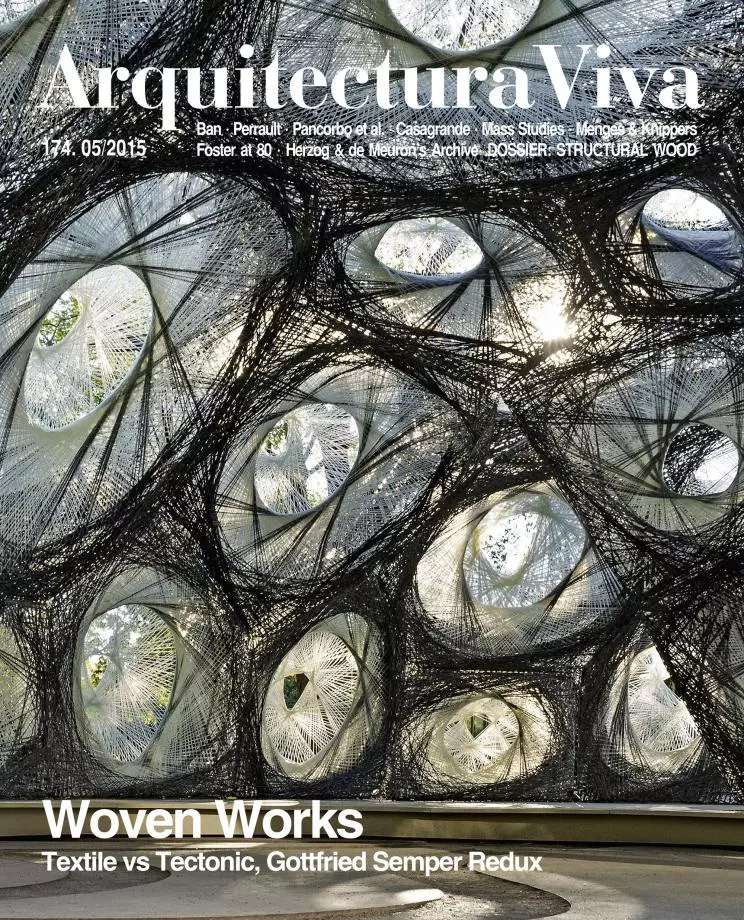The Cladding Principle
Semper and the Textile Origin of Architecture

“The weaving of branches led easily to weaving bast into mats and covers and then to weaving with plant fiber and so forth. The oldest ornaments either derived from entwining or knotting materials or were easily produced on the potter’s wheel with the finger on the soft clay. The use of wickerwork for setting apart one’s property, the use of mats and carpets for floor coverings and protection against heat and cold and for subdividing the spaces within the dwelling in most cases preceded by far the masonry wall, and particularly in areas favored by climate (...) Wickerwork, the original space divider, retained the full importance of its earlier meaning, actually or ideally, when later the light mat walls were transformed into clay tile, brick, or stone walls. Wickerwork was the essence of the wall. Hanging carpets remained the true walls, the visible boundaries of space. The often solid walls behind them were necessary for reasons that had nothing to do with the creation of space; they were needed for security, for supporting a load, for their permanence, and so on. Wherever the need for these secondary functions did not arise, the carpets remained the original means of separating space. Even where building solid walls became necessary, the latter were only the inner, invisible structure hidden behind the true and legitimate representatives of the...





